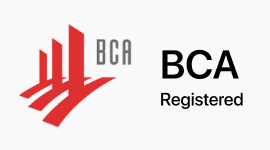“Great design is not just about aesthetics; it’s about making choices that fit your life and home perfectly.”
In This Article
ToggleRenovating your home’s floors is a big decision, and if you’ve ever wondered whether to choose overlay tiles or hacking, you’re not alone. It’s a common dilemma for many homeowners in Singapore, especially when balancing cost, convenience, and long-term results. Both methods offer unique advantages, but choosing the right one depends on your specific needs and the current condition of your floors.
At Todzterior, I understand how overwhelming these choices can feel. That’s why I’m here to break down the differences between overlay tiles vs hacking and guide you toward the option that best suits your renovation goals. Let’s dive into what these methods entail and when to consider each.
We Design Spaces That Speak Your Style
As interior designers, we don’t just renovate—we transform homes into personalized sanctuaries where beauty meets function.
What Is Overlaying and Hacking?
Overlaying tiles involves installing a new layer of tiles directly over existing ones. This method skips the labor-intensive process of removing old tiles, making it quicker, less messy, and more cost-effective. It’s ideal for homeowners looking for a fast upgrade without disrupting their daily lives.
Hacking, on the other hand, is the complete removal of old tiles before laying new ones. This method offers a clean slate for your renovation, ensuring that the new flooring is installed on a stable and even surface. While more time-consuming and labor-intensive, hacking is often necessary for addressing structural issues or when significant changes to the layout are required.
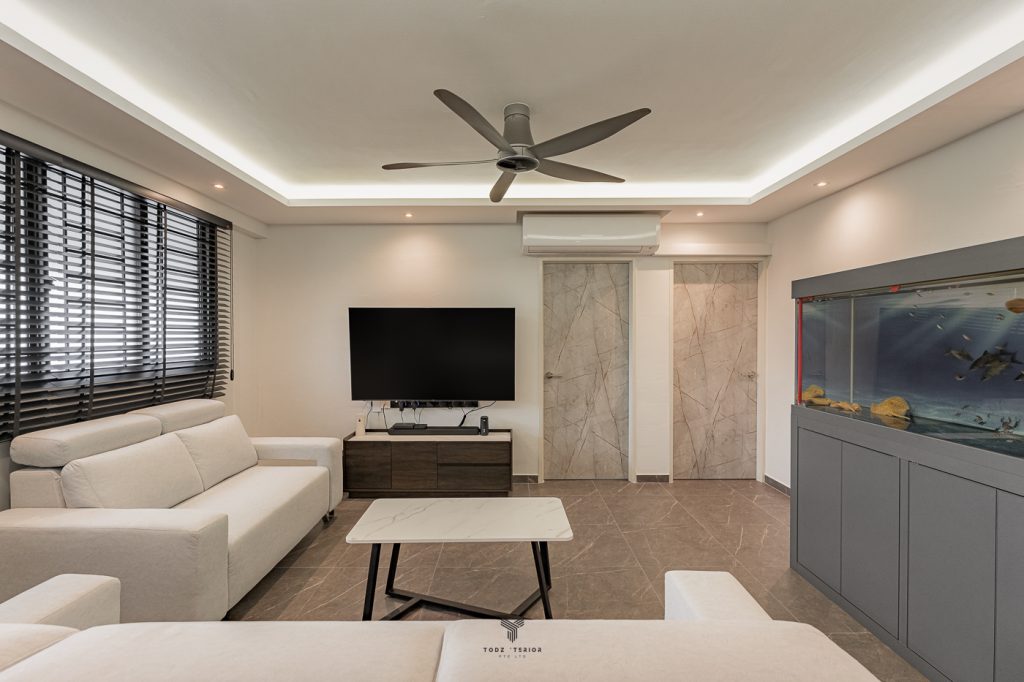
Pros and Cons of Overlaying and Hacking
Overlaying Tiles
Pros:
Overlaying tiles is a quicker and less invasive process, making it a popular choice for homeowners who want to minimize disruption. Since there’s no demolition involved, this method generates significantly less dust and noise, which is especially helpful if you’re living in the home during the renovation.
Quick and Efficient:
- Avoids the time-consuming process of hacking existing tiles.
- Ideal for homeowners who want minimal disruption during renovation.
Less Messy:
- No demolition involved, resulting in significantly less dust and debris.
- Reduces noise levels, making it suitable for families living in the home during renovation.
Cost-Effective:
- Requires less labor and time, translating into lower renovation costs.
- An affordable way to refresh the look of your floors without breaking the bank.
Convenient for Common Areas:
- Particularly suitable for spaces like living rooms and kitchens where disruption should be minimal.
Cons:
However, overlaying tiles isn’t suitable for every situation. Adding a new layer increases the floor height, which may interfere with doors, skirting boards, or transitions between rooms. This method also relies on the condition of the existing tiles, if they’re uneven or damaged, overlaying may lead to long-term issues such as cracking or instability.
Increased Floor Height:
- Adding a new tile layer raises the floor level, potentially interfering with doors, skirting boards, or room transitions.
- May require additional modifications like trimming doors or adjusting fittings.
Condition of Existing Tiles:
- Relies on the stability and evenness of the current tiles.
- Unsuitable if the existing tiles are cracked, uneven, or poorly installed, as it can lead to instability or cracking of the new tiles.
Limited Longevity in Some Cases:
- If the base tiles are damaged or deteriorating, overlaying may not provide a durable solution.
- Long-term issues such as premature wear or improper adhesion may arise.
Professional Assessment Needed:
- Requires expert evaluation to determine if overlaying is a viable option for the specific condition of your floors.
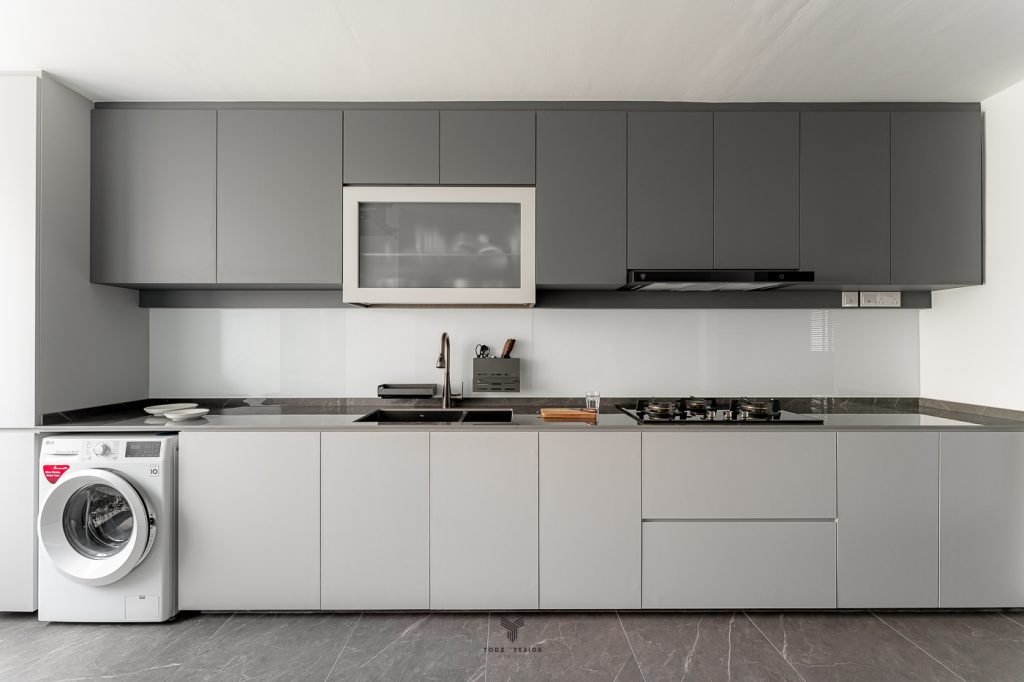
Hacking Tiles
Pros:
Hacking allows for a completely fresh start, making it the better option for addressing problems like uneven flooring, damaged tiles, or outdated waterproofing. It also gives you full flexibility in terms of design and material choices, ensuring that the new tiles are installed on a stable foundation.
Fresh Start:
- Allows for the complete removal of old tiles, creating a clean slate for the renovation.
- Ensures that the new tiles are installed on a stable and even foundation, enhancing durability.
Address Existing Issues:
- Ideal for resolving problems like uneven flooring, cracked or damaged tiles, and outdated waterproofing systems.
- Offers the opportunity to fix underlying structural issues, preventing future complications.
Design Flexibility:
- Provides full freedom to choose new materials, patterns, and designs without being restricted by the condition or style of existing tiles.
- Accommodates changes in layout or functionality, such as adding underfloor heating or shifting room boundaries.
Enhanced Longevity:
- Results in a more durable and professional finish, ensuring the new tiles last longer with fewer issues over time.
Cons:
The downside is the cost and disruption. Hacking involves significant labor, generates more noise and dust, and takes longer to complete. It’s also the pricier option, so it’s important to ensure your budget aligns with this method before proceeding.
Higher Costs:
- Hacking requires significant labor and time, making it a pricier renovation method.
- Additional expenses may include disposal of debris and preparation of the floor for new tiles.
Disruption During Renovation:
- Generates substantial noise and dust, which can be inconvenient for families living in the home during the process.
- Requires thorough cleaning and preparation before the new tiles can be installed.
Longer Completion Time:
- The hacking process adds to the overall renovation timeline, which may delay the completion of your project.
Requires Adequate Budget Planning:
- It’s essential to ensure your renovation budget aligns with the higher costs associated with hacking.
- Homeowners should factor in additional costs for labor, materials, and any unforeseen issues during the process.
Inconvenience for Occupants:
- May require temporary relocation or adjustments for residents to avoid the noise and debris generated during the hacking process.
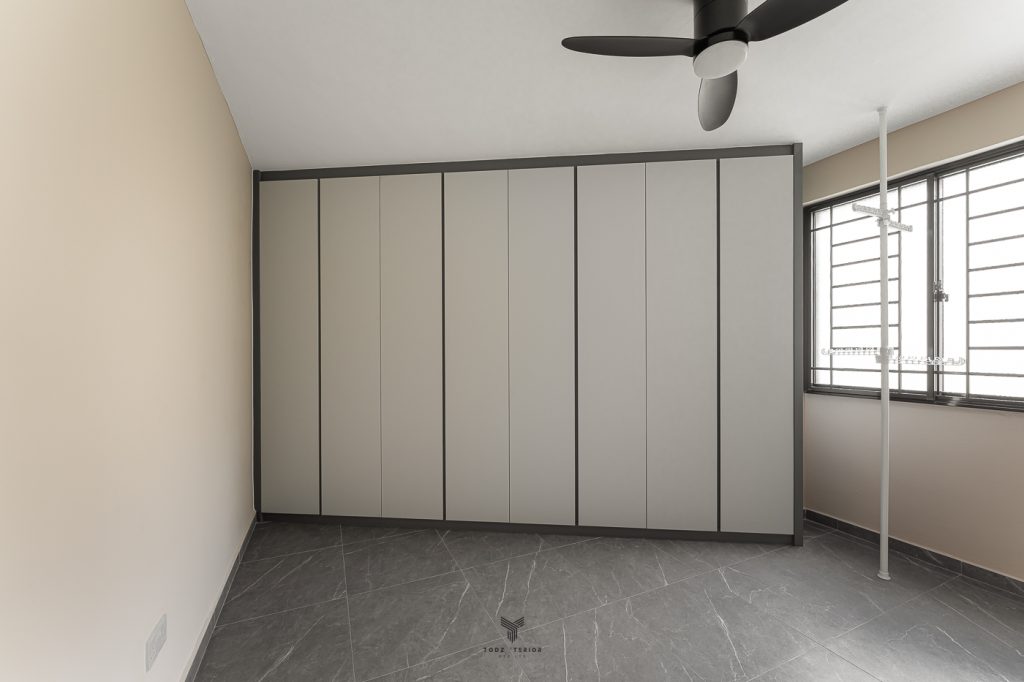
When Should You Overlay or Hack Your Floors?
Choosing between overlay tiles vs hacking depends on the condition of your existing tiles, your budget, and your renovation goals. If your current tiles are in good condition and you’re looking for a fast, budget-friendly solution, overlaying may be the way to go. It’s particularly suitable for areas like living rooms or kitchens where the floor height can be managed with minimal adjustments.
On the other hand, hacking is the best choice when you need a thorough upgrade. Bathrooms and wet areas, for example, often require hacking to address waterproofing issues or to ensure a seamless, durable finish. If your existing tiles are damaged, uneven, or outdated, hacking provides a clean slate for a high-quality renovation that lasts.
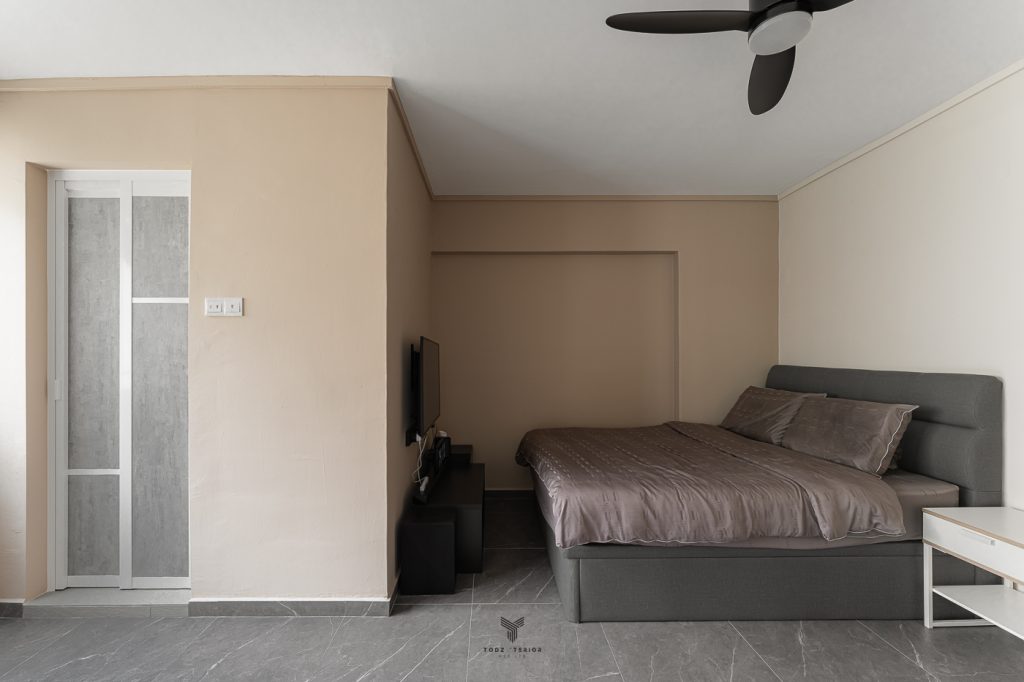
How Todzterior Adds Value to Your Flooring Renovation
At Todzterior, I specialize in helping homeowners navigate the complexities of renovation decisions. Whether you choose overlaying or hacking, my team ensures a smooth and hassle-free experience. By offering tailored renovation services that prioritize affordability and quality, I make it easy for you to achieve your dream floors without unnecessary stress.
From assessing the condition of your current tiles to providing transparent cost breakdowns, Todzterior is here to guide you every step of the way. With expertise in both overlay tiles and hacking, I’ll help you find the perfect balance between functionality and aesthetics, ensuring a result that enhances your home’s value and appeal.
Planning Your Flooring Renovation
Your floors are the foundation of your home, and the right choice can transform your space into something extraordinary. Whether you’re leaning toward the convenience of overlay tiles or the thoroughness of hacking, the decision ultimately comes down to what works best for your lifestyle and renovation goals. So, which method aligns with your vision for a beautiful and functional home? Let’s make it happen.
Looking To Upgrade Your Living Space?
Share your WhatsApp number, and we will call you soonAccreditation


